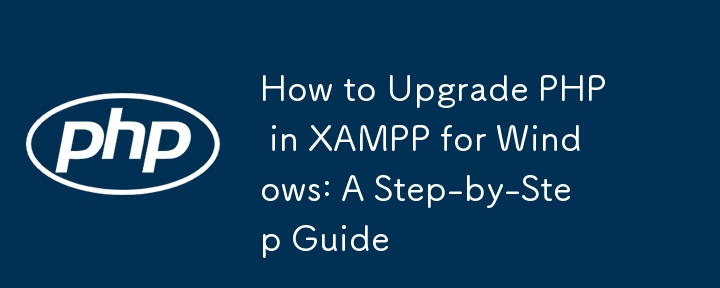

Upgrading PHP in XAMPP for Windows: A Comprehensive Guide
Upgrading PHP in XAMPP for Windows is crucial for maintaining the security, functionality, and compatibility of your web applications. This guide will provide a step-by-step process to successfully upgrade PHP.
Downgrading from the Official PHP Website
You may have attempted to directly download the latest PHP version from the official PHP site. However, simply replacing the binary file is insufficient for upgrading PHP in XAMPP.
The Backup and Upgrade Process
To ensure a seamless upgrade:
Note: If you have modified any configuration files (e.g., php.ini, httpd.conf), make backup copies and restore them after the installation.
Verification
Once you have completed these steps, run "phpinfo()" within a PHP script or access the PHP information page in your web browser (http://localhost/phpinfo.php). You should now see the updated PHP version displayed.
Remember, upgrading PHP is a crucial step in maintaining your XAMPP environment. By following these instructions, you can ensure a smooth and successful upgrade process, empowering your applications to leverage the latest PHP capabilities.
The above is the detailed content of How to Upgrade PHP in XAMPP for Windows: A Step-by-Step Guide. For more information, please follow other related articles on the PHP Chinese website!




